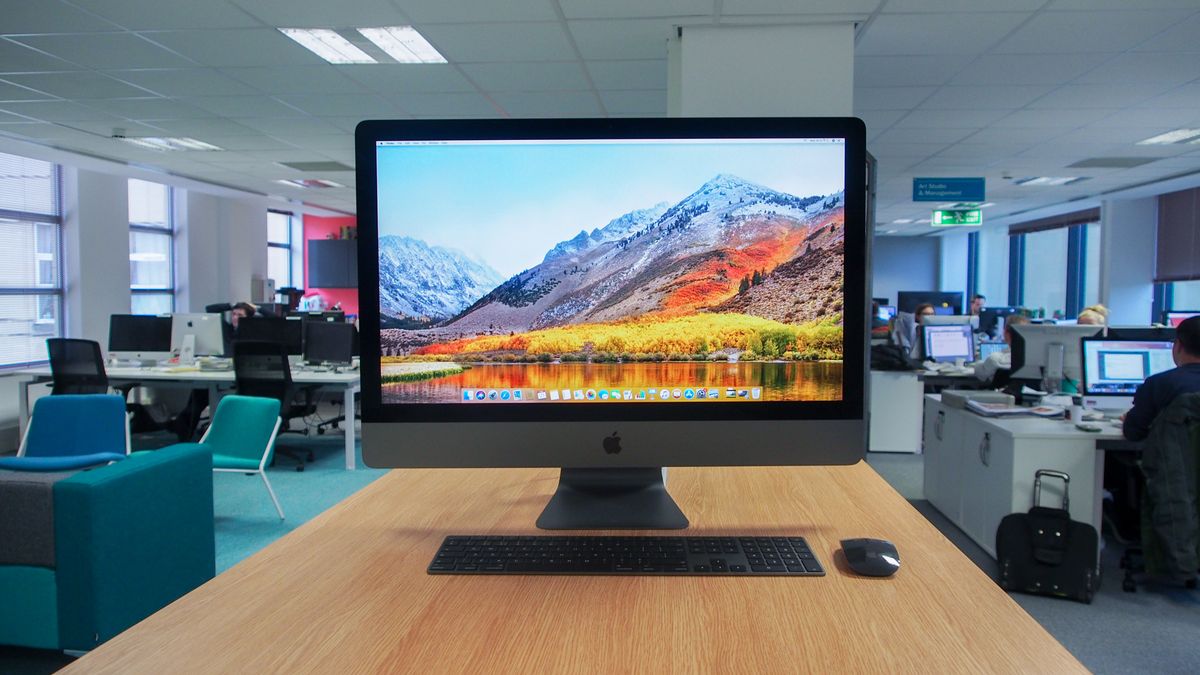

A larger 2TB is recommended if your projects are very large and you will you will use the workstation for a variety of professional applications. A smaller 500GB is fine if your projects are moderately sized and the workstation is utilized for basic function work purposes. 1TB is the most common capacity for Photoshop workstations. We recommend a solid-state drive (SSD) for the operating system, applications and project files. You can opt for a Xeon if you prefer to stick with enterprise-class components developed for 24/7 operation and intensive workloads. Since Photoshop will effectively take advantage of limited cores, a Core-series CPU is perfectly fine. the Core i7-10700K) have the highest clock speeds, while the Xeon models maximize the number of cores. Core-series processors, especially with the 'K' designation (e.g. Today, however, there is little functional difference between the two Intel product families for workstations.


In the past, Xeon CPUs were more powerful than their Core-series counterparts. Intel offers the Core i7/i9 processors as the consumer series and the Xeon processors as the professional series. The CPU will function between 3.8GHz and 4.6GHz depending on the number of processing cores utilized. If the system is utilizing 1 core, the CPU will function at the 4.6GHz turbo. If the system tasks are utilizing all 6 cores, the CPU will function at 3.8GHz.

An example is a CPU model with 6 processing cores with a 3.8GHz base frequency and a 4.6GHz turbo frequency. Processors have base and turbo clock speeds. We recommend a 8 core processor for optimal performance. Photoshop takes advantage of multiple processor cores, but there is a diminishing performance increase per core after 8 cores. Selecting the right processor for Photoshop is critical as it uses both the number of processing cores and operating frequency of the processor for overall system performance.


 0 kommentar(er)
0 kommentar(er)
